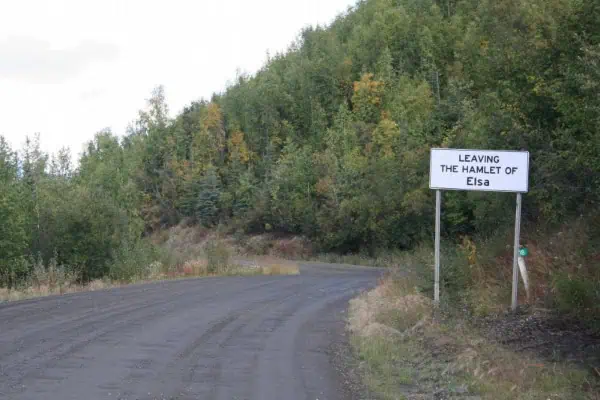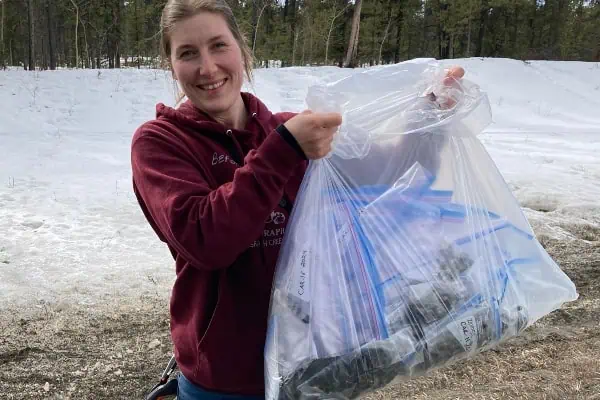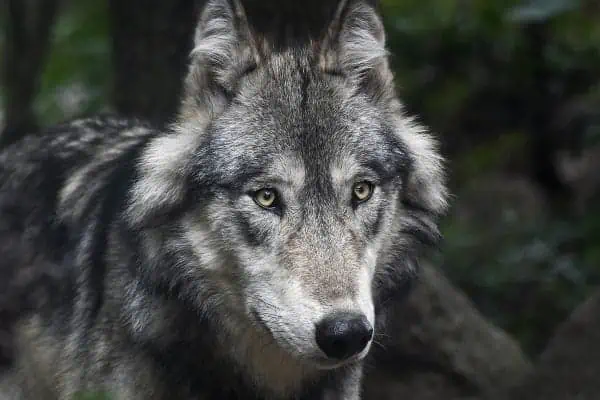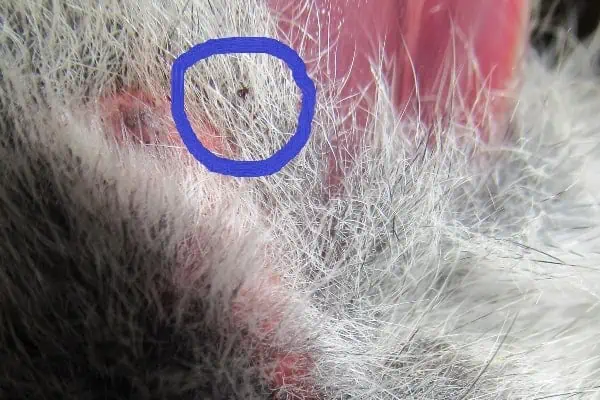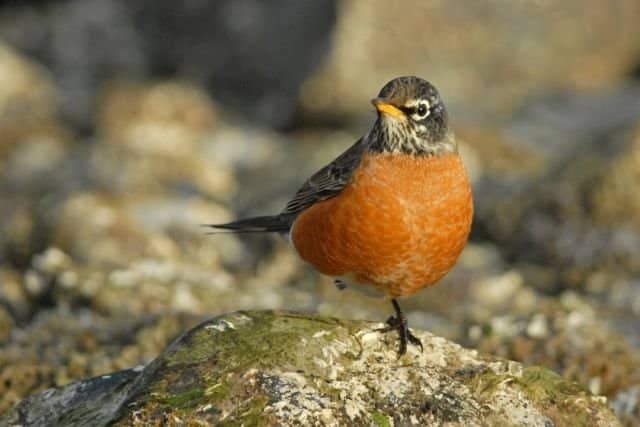
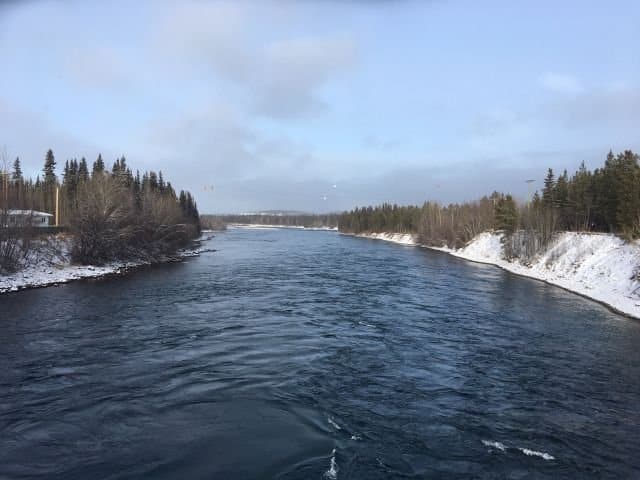
It’s snowy and cold outside, and most of the Yukon’s migratory birds, such as swans, pretty yellow warblers, ducks and shorebirds, have long fled the territory. There’s always a few species, however, that linger.
A favoured habitat for some of these birds is the Yukon River, just below the Rotary Centennial Bridge (“blue bridge”) near the Millennium Trail.
A Yukon government conservation biologist and birding pro, Cameron Eckert, will be guiding a free noon-hour event to check out “What’s on the River?” here on Wednesday, November 21.
“The one-hour trip is a chance to ‘check in’ on late-fall migrants and birds that have settled in for the long winter,” he said.
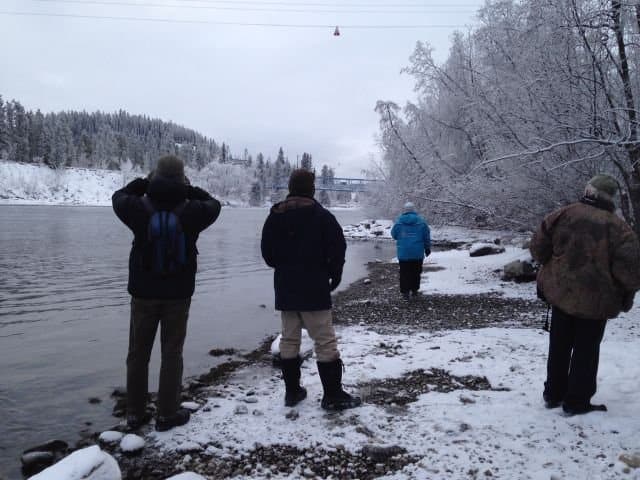
Yukon bird life drops dramatically once our migratory friends head south. In late May, observations show there might be 140 species around Whitehorse, but by winter the number falls to around 40 of our resident birds.
While Yukoners enjoyed an extended fall birding season, Eckert noted that “bird-wise” things caught up pretty quickly (to winter-time numbers and species) once snow and cold temperatures arrived in late October.
In addition to forest birds, such as chickadees and black-billed magpies, it’s usual to see water birds like the common merganser (a diving duck that conducts river food patrols while gazing underwater) and the American dipper (a dark, chubby bird that bobs up and down on rocks before diving into fast-flowing water) on the trip.
Eckert, who’s been guiding birders on this trip for the last six years, doesn’t expect to see many migrant stragglers, such as late-season warblers, “though we might see some sparrows,” he said.
Any trends? He says he hasn’t noticed any, but sometimes there are “unusual” late-fall sightings such as the dark-crested belted kingfisher, which was hanging on two years ago. “And American bald eagles are more common now in winter than they used to be.”
A few hardy American robins have also been observed here in late fall and winter, over the last decade, though rarely do they survive to see spring. Camouflaged by rusty-coloured weeds at the Yukon River shoreline, the orange-breasted bird feeds on insects also found in the mud and on exposed rocks.
The field trip is the final one this year for the Yukon Bird Club, a non-profit charitable organization that promotes the awareness, appreciation and conservation of Yukon birds and their habitats.
Eckert notes that the event is a good warm-up for the annual Christmas Bird Count, a North American-wide “citizen-science” bird census held from December 14 to January 5 (more on that next month).
Anyone interested in joining Eckert on November 21 should meet at the Whitehorse Fish Ladder in Riverdale, at noon. Wear boots and dress warmly, he suggests: “There’s a fairly chilly breeze that comes down the river.”
If you have binoculars, bring them, but if you don’t, Eckert will have a few pairs to use, as well as his spotting scope. “It’s a nice social time,” adds Eckert. “A good time to meet other birders on an easy winter walk.”
Happy birding!

